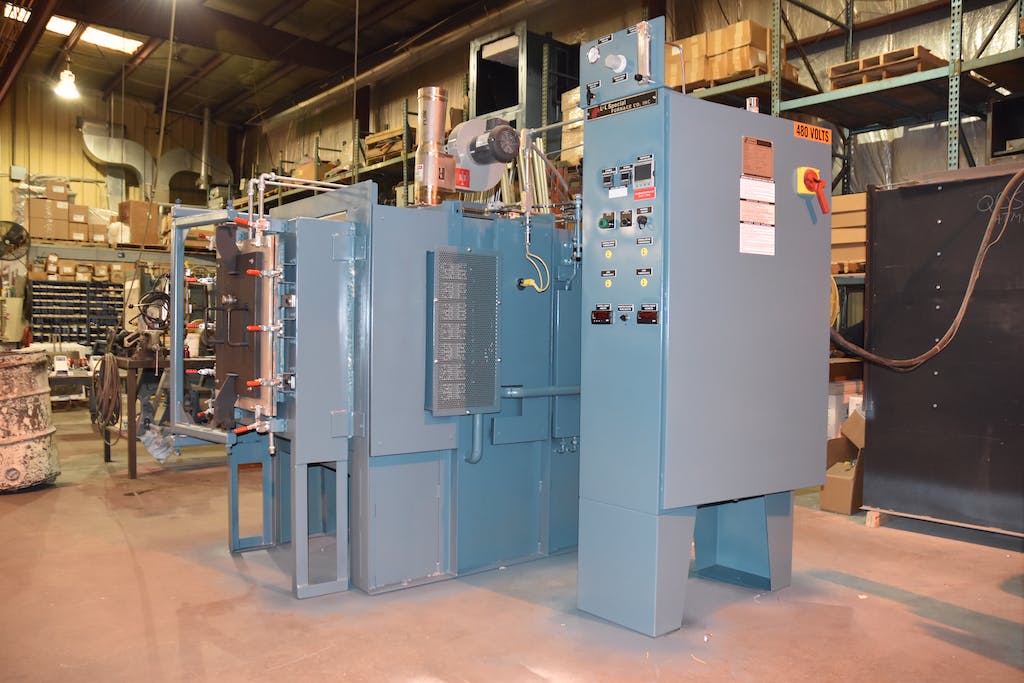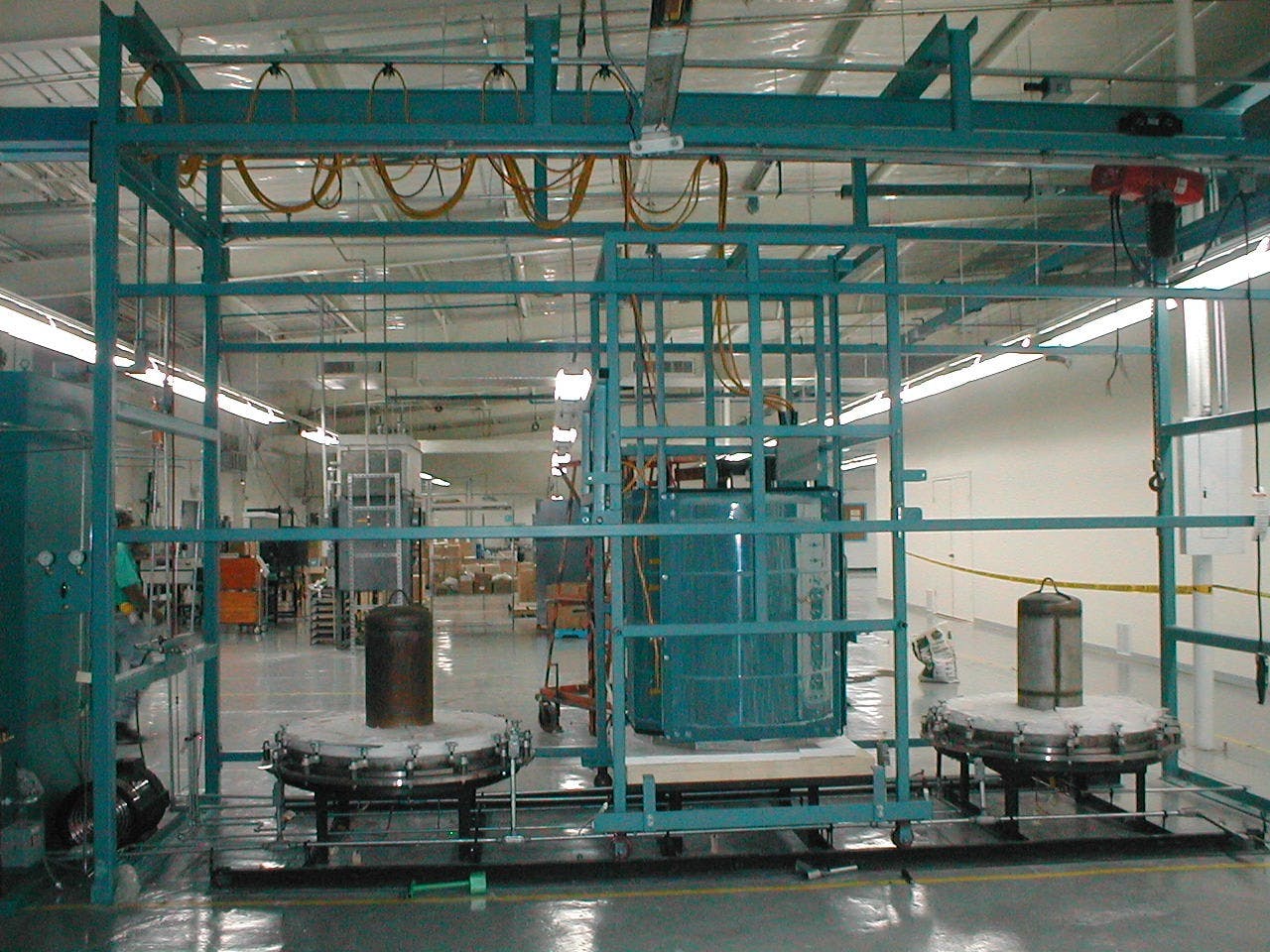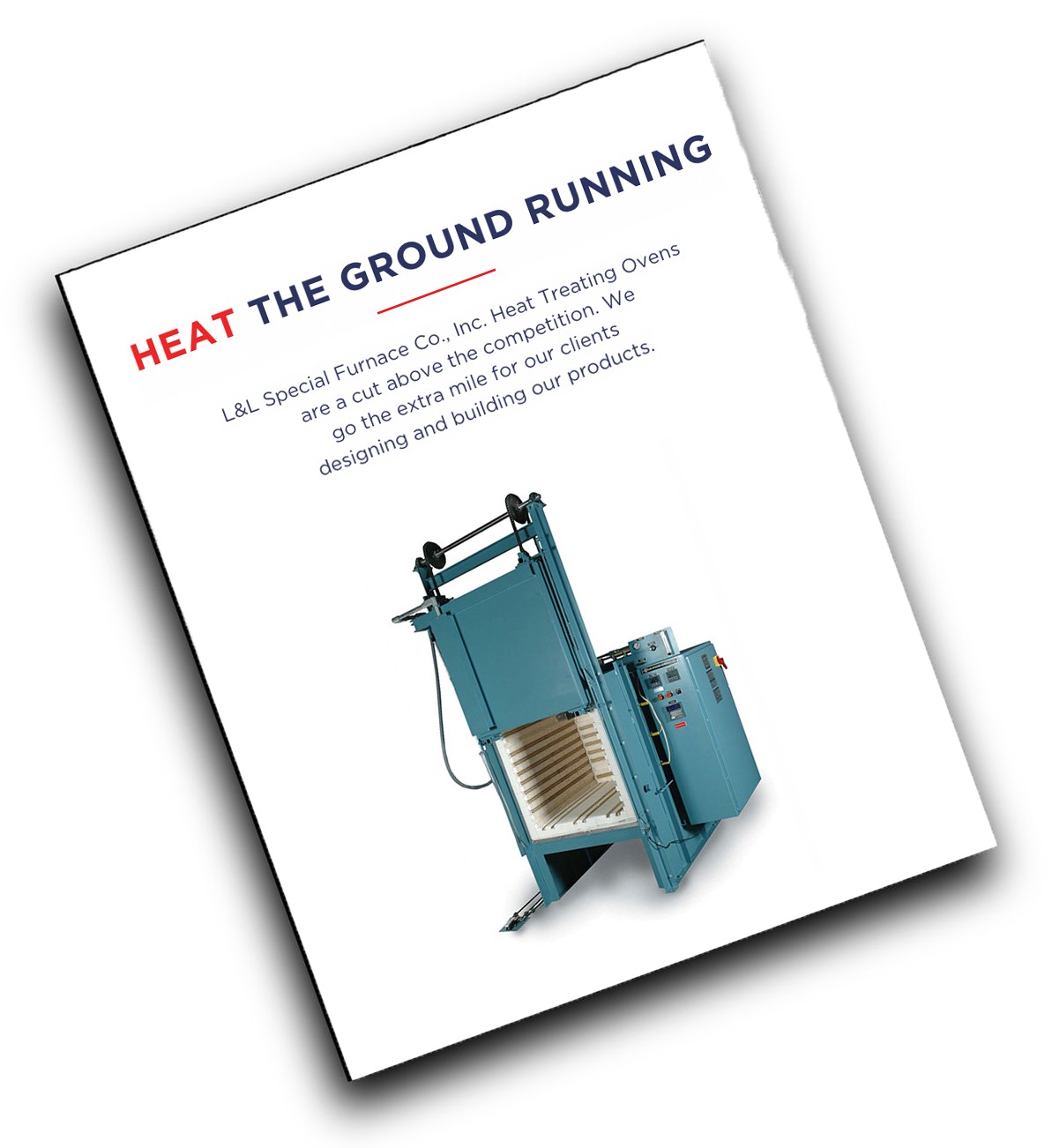Annealing is a general term which describes the heating of a metal to a specific temperature, holding it at that temperature for a specific amount of time, and then cooling it at a suitable rate to obtain the desired results of the treatment.
Annealing Objectives
There are various reasons to use annealing, and the desired result, combined with the type of metal being annealed, will determine which process is used. Often times annealing is used to harden a metal. This includes relieving stresses, producing a specific temper, and refining the crystalline structure. Yet in other cases there are different desired results, such as inducing softness structure; improving machinability microstructure; or improving other physical, electrical, or magnetic properties. And there are also instances in which annealing is used as a purification method. For example, it can be used to remove gases that would otherwise cause unwanted effects.
General Processes
While ferrous and non-ferrous metals have some specific annealing processes, there are a few general processes which can be applied to any type of metal.
Cycle Annealing

Cycle annealing is a process which employs a predetermined and closely controlled time-temperature cycle to produce specific properties or microstructures. Depending on the time the metal is heated and cooled, the temperature to which it is heated, and the number of heating and cooling cycles, different properties are manifested.
Bright and Open Air Annealing
Bright annealing is done within a protective atmosphere of inert gases such as hydrogen and nitrogen. It is often used for non-ferrous metals and non- or low-alloyed steels. The atmosphere protects the metal against discoloration as a result of the heating. For some metals, the atmosphere may have a reduced level of oxides.
The opposite of bright annealing is open air annealing. Open air annealing does not use a protective atmosphere and instead is subject to regular levels of atmospheric oxygen. One downside to open air annealing is that it often results in scaling of the metal, which is undesirable and will have to be treated afterwards.
Vacuum Annealing
Vacuum annealing is annealing carried out at a sub-atmospheric pressure. Similar to bright annealing, it protects the metal from coming into contact with the standard atmospheric gases during the annealing process. However, while bright annealing substitutes in a controlled atmosphere, vacuum annealing removes the atmosphere altogether. Though gases must still be employed to help cool down the metals within set amounts of time.
Flame Annealing
Flame annealing is simply a type of annealing in which the heat is applied directly by a flame. This is different from most other types of annealing in that they heat up an atmosphere in which the metal has been placed. The benefit of flame annealing is that a specific area of the metal can be annealed independent of the rest.
Homogenizing

Homogenizing, also known as diffusion annealing, is a treatment at a fairly high temperature designed to eliminate or reduce chemical and crystalline segregation. Chemical and crystalline segregation is most commonly an issue in steel casting, specifically high-alloy steel. This type of annealing is also prone to create scaling of metals, much like open air annealing.
Ferrous Metals
Ferrous metals are those which contain a significant amount of carbon.
Quench Annealing
Quench annealing is a process by which an austenitic ferrous alloy is put through a solution heat treatment and then rapidly quenched. The goal is to quickly cool the metal before it has a chance to lose the desired microstructure through slow cooling. Quenching can be achieved with a variety of mediums, including salt and freshwater, oil, and even pressurized air spray.
Subcritical Annealing
Subcritical annealing is a process performed on ferrous alloys at a temperature below Ac1. Ac1 is the temperature at which austenite begins to form. The goal of subcritical annealing is to soften the metal and make it more malleable. This will in turn make it easier to work with and prevent cracking due to stress.
Non-Ferrous Metals
Non-ferrous metals are simply the opposite of ferrous metals. They contain no, or insignificant amounts of, carbon.
Beta Annealing

Beta annealing is the process by which a beta phase is produced through annealing. Certain titanium alloys can be heated to a temperature at which they enter a beta phase — when the structure of the metal shifts from crystalline to cubic. This temperature is known as the beta transus. The metal is then cooled at an appropriate rate to prevent the decomposition of the beta phase.
Conclusion
There are many different ways metals can be annealed, and which one is chosen is highly dependable on the metal being annealed and the desired results. There are annealing processes specific to ferrous and non-ferrous metals, but also processes which can be used for either type of metal. And depending on the process used, metals can be hardened, softened, or have other characteristics changed drastically.
L&L Special Furnace
L&L Special Furnace constructs state-of-the-art furnaces for the annealing of various types of metals. Regardless of what industry you are in, if you need a part annealed, we have a furnace that can get the job done. Contact L&L Special Furnace today for more information on our annealing furnaces and the types of annealing supported by each model.

